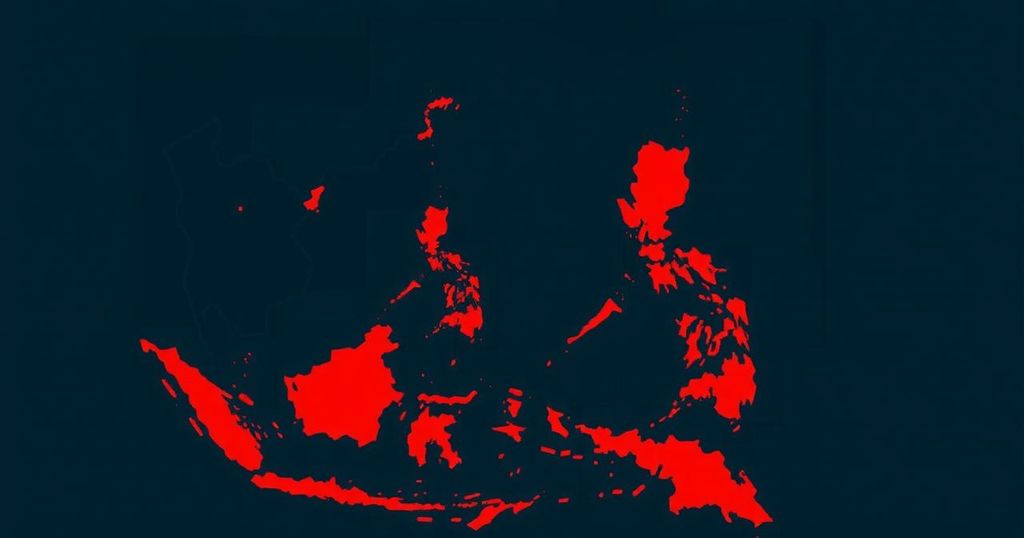Analyzing China’s Differential Approach to Vietnam and the Philippines in the South China Sea
The ongoing territorial disputes in the South China Sea present a complex geopolitical landscape, characterized by escalating tensions and diverging national strategies. In particular, a noteworthy discrepancy arises in China’s demeanor towards Vietnam compared to its more confrontational posture towards the Philippines. This article seeks to elucidate the underlying factors contributing to these differing responses.
The South China Sea is a contentious area, claimed by numerous regional governments, with implications that extend beyond local actors and influence global trade and security dynamics. The contrast in China’s approach to Vietnam’s land reclamation activities in the Spratly Islands, which have progressed markedly since 2021, is indeed striking when juxtaposed with its aggressive stance towards the Philippines.
Analysts attribute this variance to several key elements. First, the political relationship between China and Vietnam has historically been more stable, marked by diplomatic engagements that often prioritize regional stability. In contrast, the Philippines’ strategic alliance with the United States complicates its interactions with China, thereby provoking a more assertive response from Beijing to counter what it perceives as external influence in its territorial claims.
Moreover, Vietnam’s diplomatic style in the region tends to be less provocative compared to the Philippines. While both nations engage in significant land reclamation efforts, Vietnam’s approach has been more low-key, potentially mitigating China’s reaction. Nonetheless, experts agree that the potential for a shift in China’s strategy remains, especially if Vietnam’s activities escalate further or if inter-state relations fluctuate.
Satellite imagery provided by the Asia Maritime Transparency Initiative at the Centre for Strategic and International Studies underscores the rapid pace of reclamation undertaken by Vietnam. Observing these developments suggests that while China’s current engagement may be subdued, the prospect exists for more robust reactions if regional dynamics shift significantly.
In conclusion, while the current state of affairs reflects a tempered Chinese response to Vietnam’s actions compared to its robust stance against the Philippines, the geopolitical landscape is fluid. As territorial assertions evolve, so too may China’s policies, which leaves open the possibility of heightened tensions in the region. It is imperative for observers and regional stakeholders to remain vigilant and engaged as these developments unfold.








Post Comment